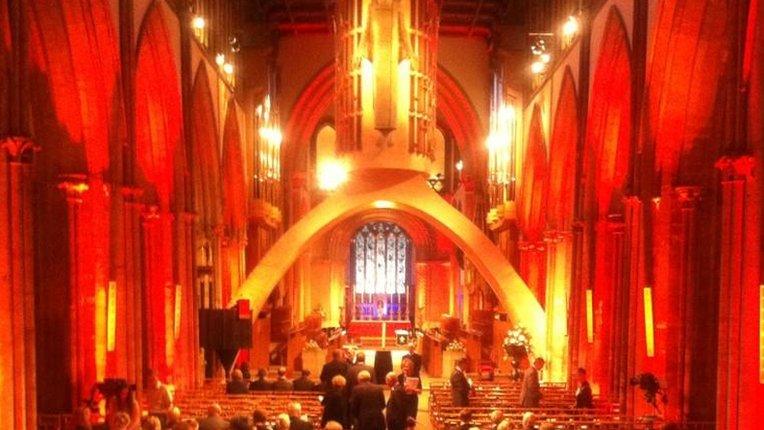March through Caernarfon to remember 1926 peace campaign
- Published

Women from across Britain descended on London's Hyde Park
A march and rally has been held in Gwynedd to mark a peace campaign led by woman following World War One.
Some 2,000 from north Wales took part in the start of the peace pilgrimage, which saw women across Britain converge on London's Hyde Park.
The original march in north Wales left from Penygroes in May 1926, heading first to nearby Caernarfon.
The march around Caernarfon coincides with the United Nations' International Day of Peace.
A ceremony took place in May in Penygroes to mark the original event, where a plaque was unveiled.
"We decided then that we would follow that up in Caernarfon," said one of the organisers of Wednesday's march, peace activist Anna Jane Evans.
"We remember the fallen and the dead, but sometimes forget about those who lived through it.
"It is because the history has been totally forgotten that we wanted to do this. The generation that took part 90 years ago are no longer with us."
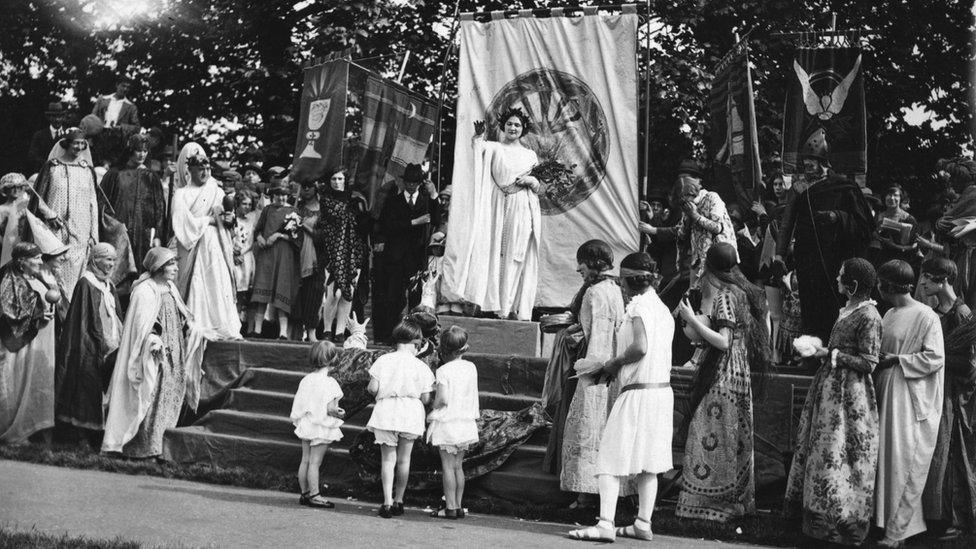
A 'Pageant for Peace' was one of the events held at Hyde Park during the campaign
Wednesday's march in Caernarfon was part of the Wales for Peace, external project, which is run by the Welsh Centre for International Affairs and funded through a Heritage Lottery Fund grant.
It has seen education officers share stories about the original peace march with school children from the area, with about 200 expected to take part in the rally itself.
In 1926, the march was led by two activists Gladys Thoday and Silyn Roberts, who took their procession from Penygroes through to Chester under the banner "Law not war".
Twenty-eight of the original marchers made it to Hyde Park in June, where both the north Wales leaders addressed a crowd of 10,000 - including a speech in Welsh.
This was two years before all women were given the vote in the UK.
"They didn't have the vote - so they marched," added Ms Evans.
"These were bereaved women from bereaved communities - and they wanted to see an end to war."

- Published4 August 2016
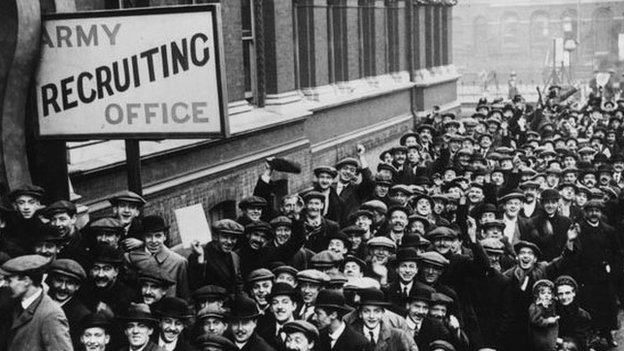
- Published30 April 2016
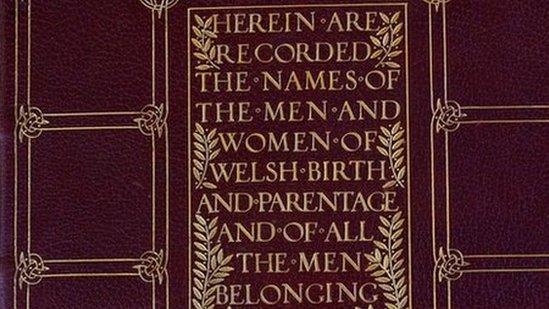
- Published12 July 2016
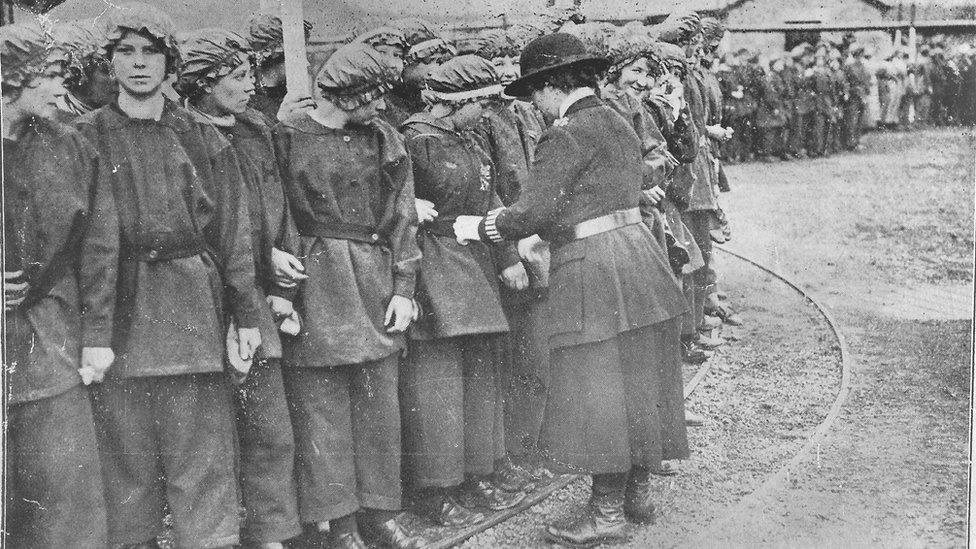
- Published4 August 2014
